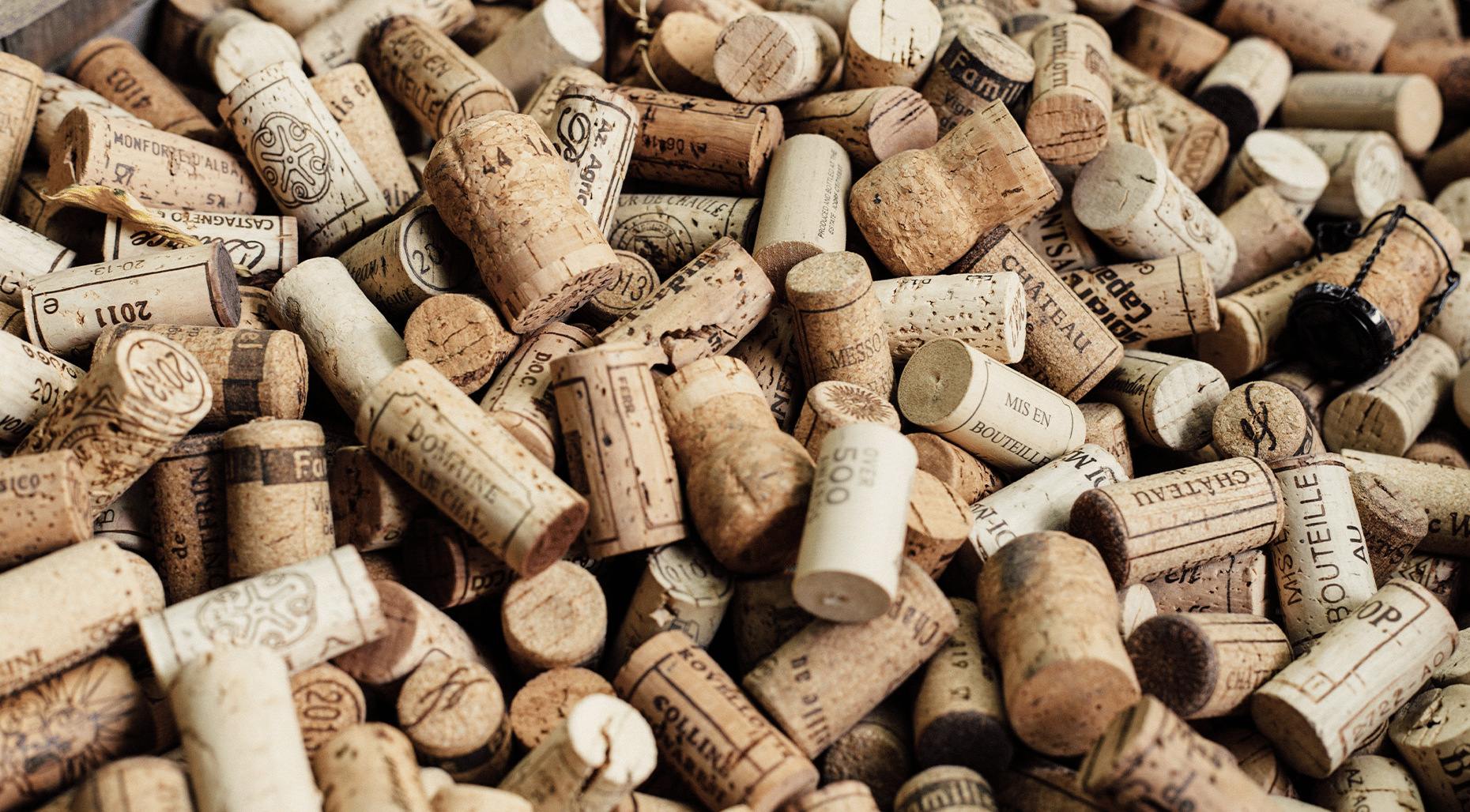Cork or Screwcap – which is best?

It’s a debate that we still hear frequently for both right and wrong reasons, and it’s a point of discussion that is set to rumble-on for a good few years yet: what is better for wine, cork or screwcap?
And when we say, “better for wine”, this itself needs a little unpicking as both have their benefits and given today’s more modern methods of wine production and bottling, there is very little to distinguish between screwcap and cork when it comes to the most important factor of all: flavour.
As we speak, cork is enjoying something of a renaissance and in my book that is not a bad thing at all. This isn’t just with premium wines, and there are plenty of very decent winemakers producing very good wines at lower price points, who are making the switch back to cork (or even using cork for the first time).
Screwcaps are certainly very convenient, and one doesn’t need to remember a corkscrew if imbibing al fresco. The guarantee – or let’s just say 99%, anyway – is that the contents of the bottle will not leak, is also a plus-point and the caps are fully recyclable.
On the other hand, cork is a completely natural product being the harvested bark of the cork oak tree, mainly found in Portugal and Spain, from which the bar is ‘peeled’ every seven years or so and which the tree then will grow again, and so the cycle repeats.
High quality corks are stamped out of these strips of the bark in a by skilled workers, whereas ones of perhaps less quality will be produced in a more automated manner. Off-cuts from the process are often ground and re-formed to make agglomerate cork, so little of the natural material is wasted.
Cork is a brilliant material in that it will resist moisture, it is an effective leak-proof seal and, perhaps most importantly for wine lovers, it helps the wine age.
Corks are also something most people assume are predominantly used for robust red wines with their big, bold flavours enhanced by the cork, but there are just as many white wines and rosé wines that are happy to be kept safe in their bottles thanks to this versatile natural material.
The main reason screwcaps were introduced to the wine trade was to eliminate the problem in the 1980s and 1990s that ‘cork taint’ or ‘corkiness’ was perceived to be having on wine. At the time it was estimated that around 5%-7% of all wine under cork closure were suffering from this ‘cork taint’.
Cork taint (or TCA 2,4,6-trichloroanisole, to be technical) is a naturally occurring chemical compound, a mould that can be found in cork along with many other foods, soil and wood, and which spoils wine, giving off a musty unpalatable aroma. Most pertinent, however, is that it is also undetectable until it is too late.
For hospitality and on-trade businesses serving wine, this can understandably cause a few headaches and potentially a high degree of upset customers to placate because of a microbe you can’t even see.
The introduction of screwcaps was therefore something of an open goal: producers could better guarantee quality, wine merchants could also sleep easy that whole cases or even full shipments of wine wouldn’t be written-off if one bottle was reported to have cork taint. And, most importantly, winemakers and brands wouldn’t get an unenviable reputation for poor quality.
Geography has also played its part with many new world producers being quicker to adopt the screwcaps given the cost efficiencies of this approach compared to sourcing the right quality of corks from European producers.
Likewise, the better-quality winemakers of Europe have generally shunned the shift to screwcaps, with cork being chosen without question. And when it comes to champagne and sparkling wine, what would your impression be if the foil and cage were removed to find a plastic or composite stopper in place of the classic cork?
There’s no denying that the whole experience of opening a bottle of wine with a corkscrew* adds to the experience – cutting away the foil, the pleasing sound as the cost is pulled from the bottle, and the aroma the wine has imparted onto the cork itself. It’s something that, even after nearly 40-years in the trade, we all still find incredibly satisfying!
And there’s something that doesn’t quite strike the right chord about laying-down a lovely bottle of wine if it has a screwcap – or is that just me? Maybe it’s just my age…
By and large, the better quality of wine then chances are that it will be in a bottle with a natural cork; but if the wine you love is in a screwcap bottle, then we’re not going to tell you to stop drinking it for that reason alone.
For the vast majority of wines, and the people who drink them, there is no discernible difference in flavour as a consequence of the cork or screwcap and as so many wines are drunk very young (less than three years from bottling), the closure has little chance to make any impact.
The bottom line is that a screwcap or a cork should not be used as an indicator of the quality of a wine or the winemaker, they both have their place and, whether we like it or not, they are both going to be with us for many years ahead.
Here are a few of our favourite picks of really good wines available from Stainton Wines, with screwcap tops – try them for yourself before you judge:
- Tempranillo and Monastrell, El Abuelo (Bodegas Piqueras, Almansa)
- Shiraz, Quangdong Farm Single Vineyard (Paxton Winery, McLaren Vale)
- Grauburgunder (Oliver Zeter, Pfalz)
- Classic Pinot Noir (Rapaura Springs, Marlborough)
*We also get asked what corkscrew is best to use, and we all have our own preferences, but that’s something we’ll to save for another day!